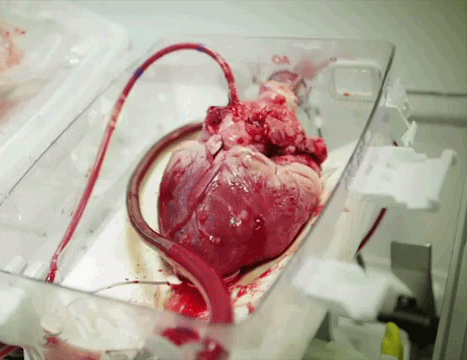
Organ Care Systems
Antes nos maravillaba ver a una persona poder vivir sin un órgano (como el corazón). La medicina moderna acaba de dar ahora el siguiente paso: mantener un órgano vivo “sin la persona”.
La empresa de aparatos médicos y quirúrgicos Transmedics desarrolló estas increíbles “incubadoras” OCS (Organ care systems) para mantener vivos órganos como corazones, pulmones e hígados.
¿Porqué me interesó? Me hizo pensar que quizá no está tan lejos el momento en que podamos mantener vivo el cerebro de una persona, como ya se ha planteado desde hace mucho en la ciencia ficción (Trascendence, Robocop, Brain that wouldn’t die), lo que cambiaría por completo nuestra percepción de “vida humana consciente”…
Me la encontré por una pagina de Facebook llamada “Science & Nature”, que comparte mucho material sobre las maravillas de la medicina moderna, ultimós vances y casos insólitos.
Les recomiendo seguirla (si tienen el hígado suficiente)…
A breakthrough in heart preservation. The World’s Only Portable Heart Perfusion System
Heart transplantation programs around the world face significant challenges in transplantation volume, patient outcomes, and overall cost of patient care. Progress in surmounting these challenges has been limited by the current cold storage heart preservation method.
TransMedics developed the OCS™ HEART system to overcome these challenges. This portable, warm perfusion and monitoring system is designed to
- Increase transplantation volume
- Improve patient outcomes
- Reduce cost of patient care



